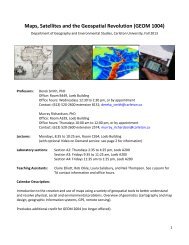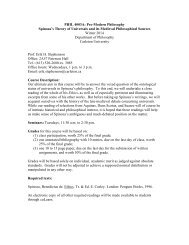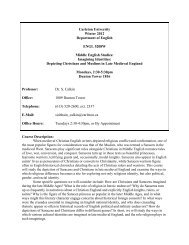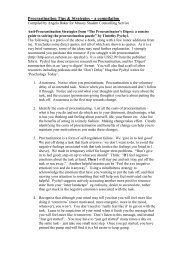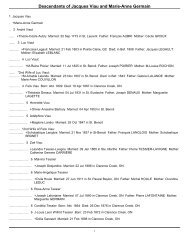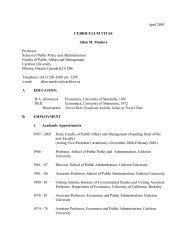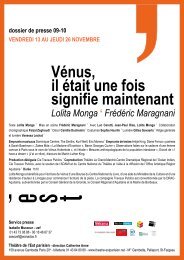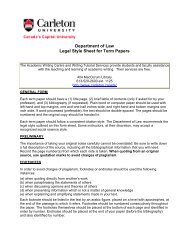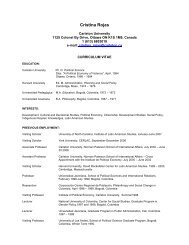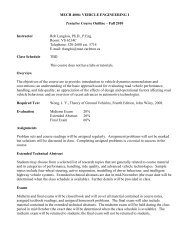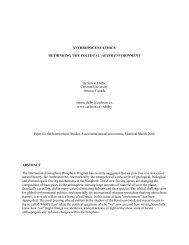Identifying Speculative Bubbles with an Infinite Hidden Markov Model
Identifying Speculative Bubbles with an Infinite Hidden Markov Model
Identifying Speculative Bubbles with an Infinite Hidden Markov Model
Create successful ePaper yourself
Turn your PDF publications into a flip-book with our unique Google optimized e-Paper software.
involves nonstationary (especially explosive) behavior has not yet been investigated. A subjectiveor <strong>an</strong> inaccurate selection of the state dimension may cause signific<strong>an</strong>t bias in parameterestimation <strong>an</strong>d regime classification. Moreover, the boostrapping procedure embedded in theMSADF test is computationally burdensome as Psaradakis et al. (2001) pointed out <strong>an</strong>d theasymptotic correctness of such bootstrapping procedure has not yet been established <strong>an</strong>d isfar from obvious. In contrast to existing frequentists’ approaches, the Bayesi<strong>an</strong> methodologyallows us to draw inference <strong>with</strong> a small sample size. The number of regimes <strong>an</strong>d other modelparameters are estimated simult<strong>an</strong>eously using <strong>Markov</strong> Chain Monte Carlo methods. Thedating algorithm is then built on the posterior distributions of the iHMM’s parameters. Theimplementation of this algorithm is much less computational dem<strong>an</strong>ding compared <strong>with</strong> HPS.Lastly, out approach is less subjective th<strong>an</strong> the iHMM of Teh et al. (2006) <strong>an</strong>d Fox et al.(2011) by using two parallel hierarchical structures for the model parameters. Geweke <strong>an</strong>dJi<strong>an</strong>g (2011) emphasize the import<strong>an</strong>ce of the prior elicitation for regime ch<strong>an</strong>ge models. Oneprominent approach to dealing this problem is using hierarchical structures as Pesar<strong>an</strong> et al.(2006) among m<strong>an</strong>y. Simply speaking, we estimate the prior for the parameters which characterizeeach regime instead of assuming it as fixed. This methodology produces results robustto the prior choice from <strong>an</strong> empirical point of view. It is also very convenient from the computationalperspective, since regime switching may be practically infeasible <strong>with</strong> some wild prior.The hierarchical structure will shrink it to a reasonable one, hence facilitates the mixing of the<strong>Markov</strong> chain.The first application of the iHMM is to the money base, exch<strong>an</strong>ge rate <strong>an</strong>d consumer pricein Argentina from J<strong>an</strong>uary 1983 to November 1989 as in HPS. It is designed to investigate ifthere exist <strong>an</strong>y new discoveries after we extend the finite hidden <strong>Markov</strong> model to the infinitedimension. The two-regime <strong>Markov</strong> switching model of HPS (MS2 thereafter) is estimated inthe Bayesi<strong>an</strong> framework as a benchmark. On one h<strong>an</strong>d, some similarities exist between theiHMM <strong>an</strong>d the MS2. On the other h<strong>an</strong>d, we find new prominent features implied by the iHMM.First, the iHMM <strong>an</strong>d MS2 have the same results for the money base, which are resembleto the locally explosive behavior of PWY. Second, the iHMM implies that the exch<strong>an</strong>ge rate’s4



